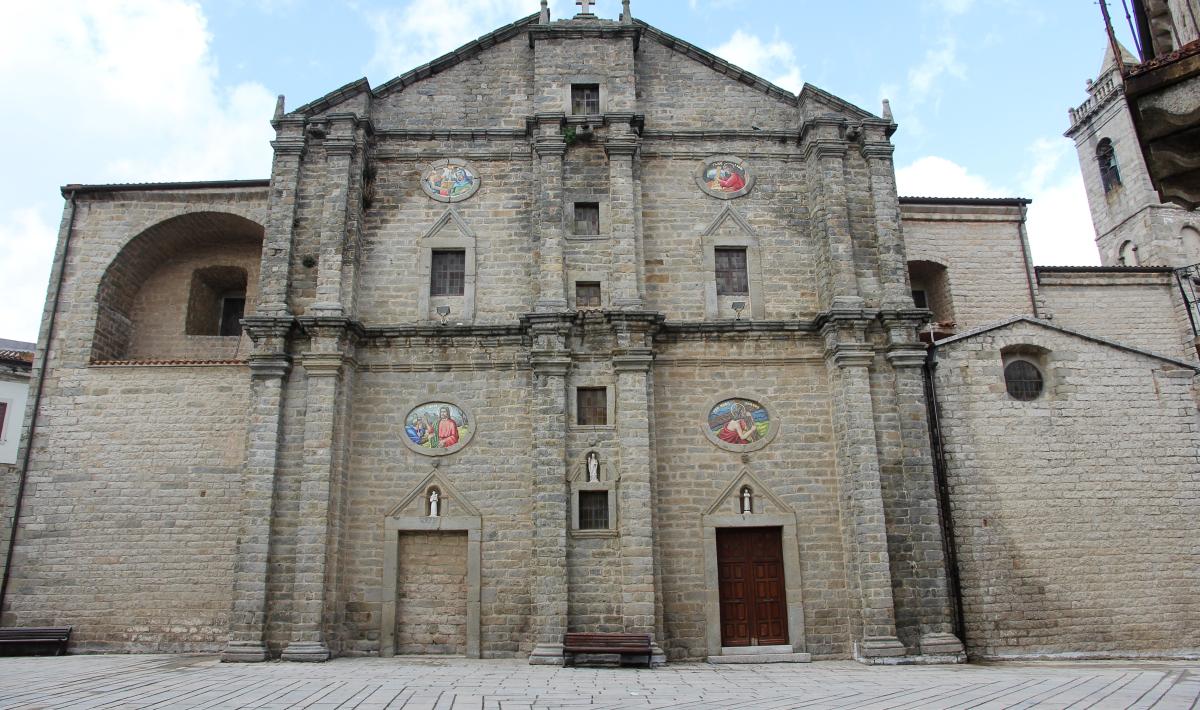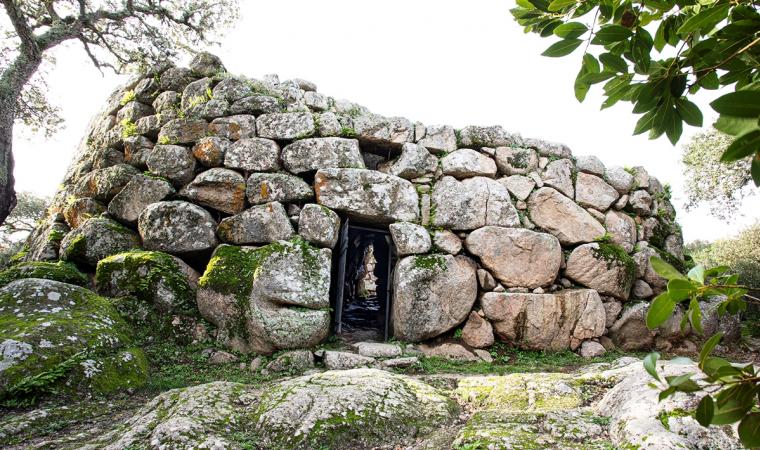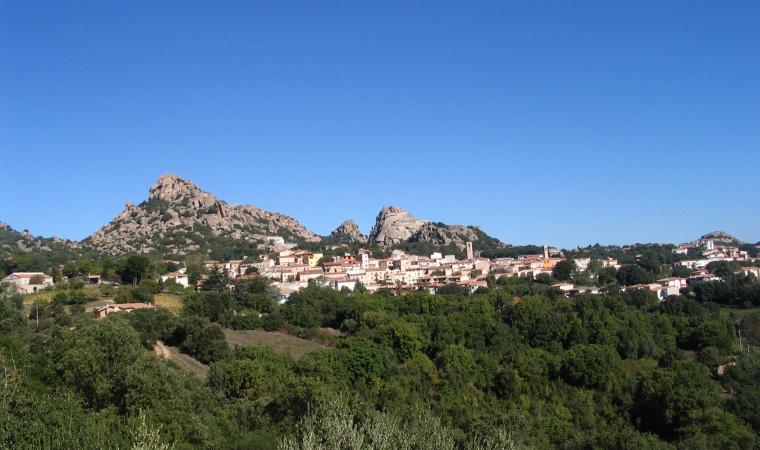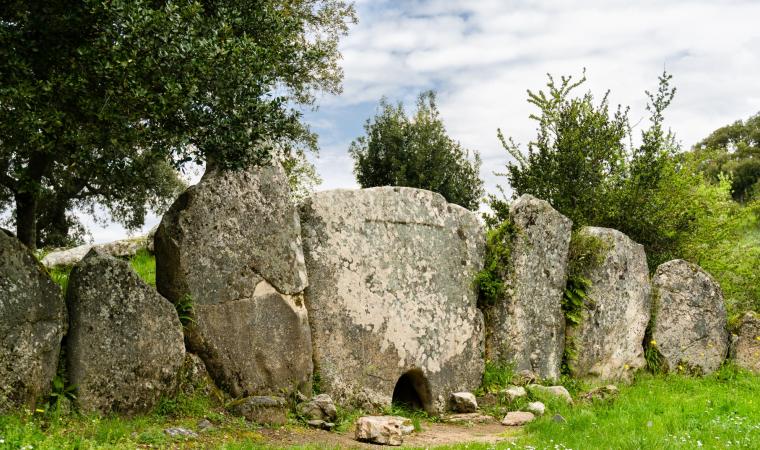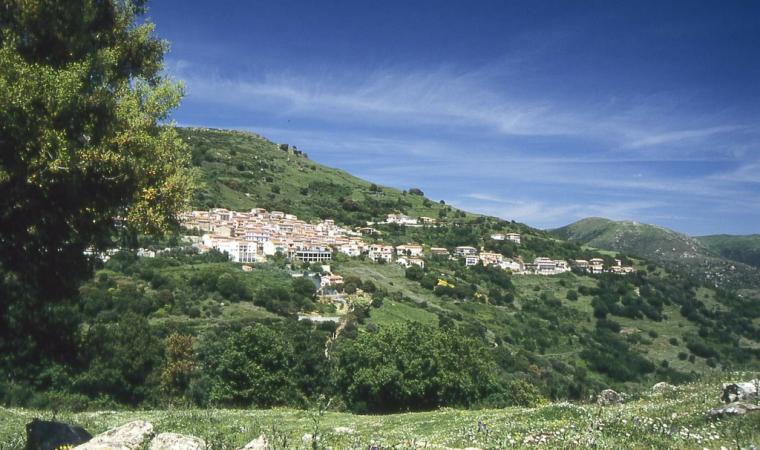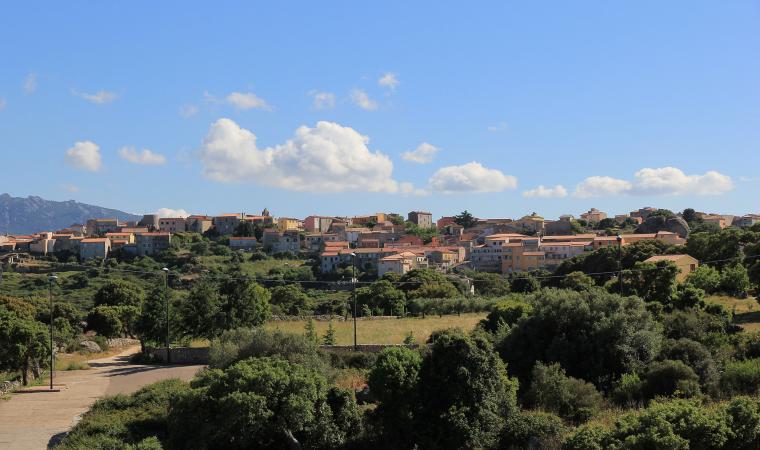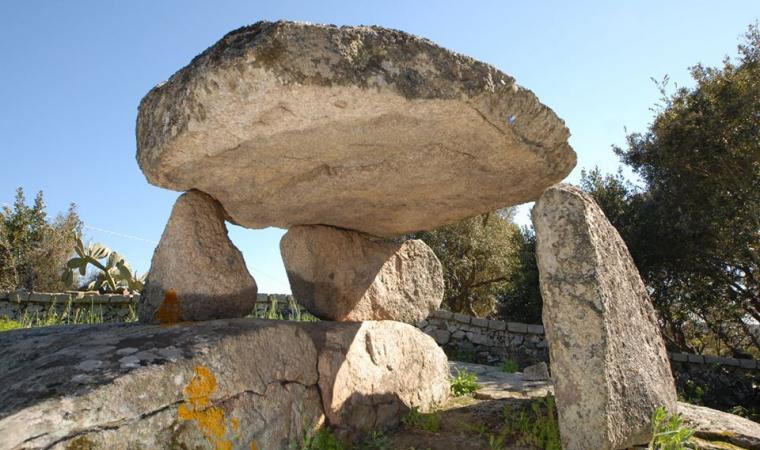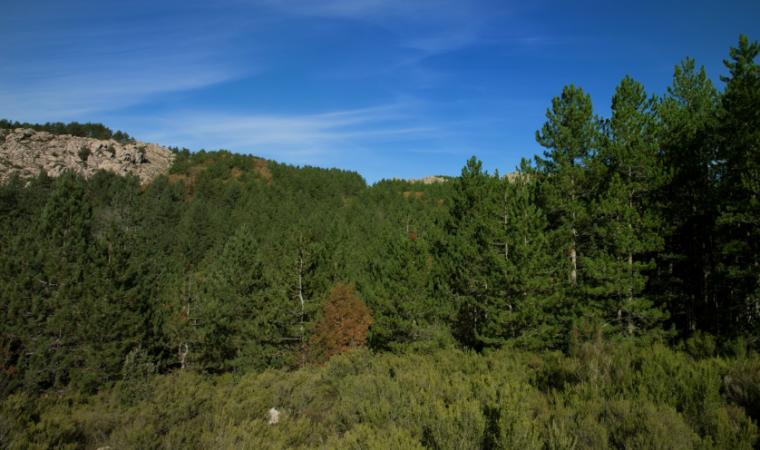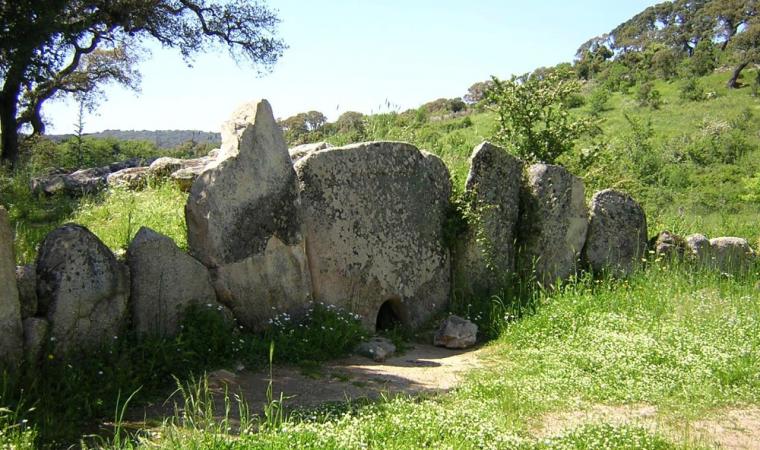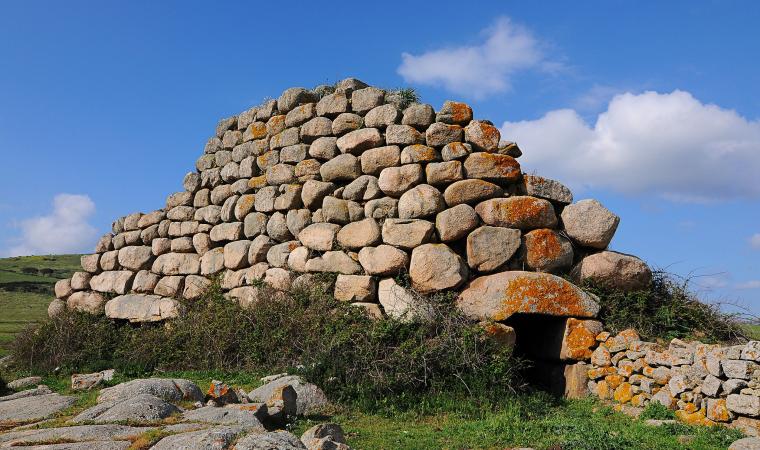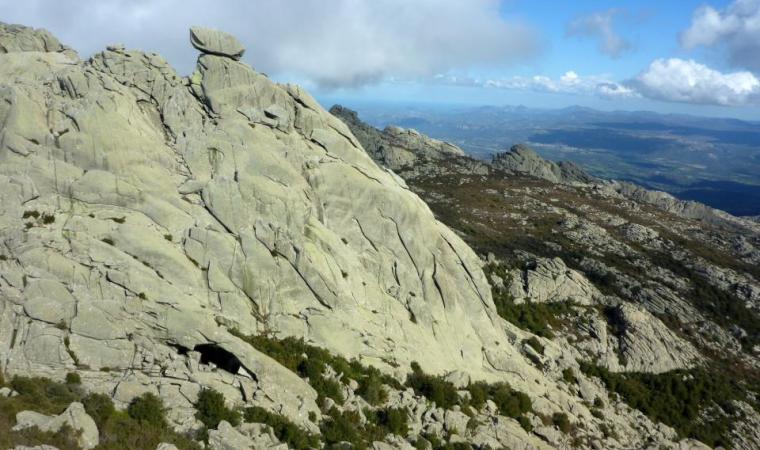Unsurprisingly, being located in the heart of the ‘city of stone’, it was made entirely from granite and embellishes the historic centre with its majestic appearance. The cathedral of San Pietro Apostolo is the main place of worship in Tempio Pausania, a town in Gallura at the foot of Mount Limbara, ‘carved’ into the granite rocks and surrounded by landscapes dotted with woods and springs. Its initial structure was medieval, dating back to the early 13th century, but it underwent numerous changes over the centuries. Its current appearance is the result of renovation carried out between 1832 and 1839, during which a span was added by ‘moving’ the façade ‘forward’. When the work was finished, it was reconsecrated and elevated to cathedral status for the diocese of Ampurias and Tempio.
You will immediately notice an unusual feature: the church has two façades: one at the front, the true façade, and a lateral one, on the south side. The first is simpler, with a splayed portal, a small mosaic depicting Saint Peter and two arched windows, while the one on the side is decidedly more elaborate. You will see that the surface is divided into pilasters, within which there are two gabled openings – one of which is walled -, oculi decorated with mosaics and a tympanum decorated with mouldings at the top. The interior has a single nave, with four chapels on each side. The hall has a barrel vault ceiling and ends with a semicircular apse, which contains a wooden choir. The church has Genoese Baroque-style marble furnishings, dating back to the 19th century: the main altar stands out and, above it, there is a niche with the statue of the saint after whom the church is named, the pulpit, a baptismal font and various statues. You can also admire an unusual pipe organ, gilded wooden altars inside two chapels and, in the vault over the apse, a fresco of Saint Peter holding the keys to the Kingdom of Heaven.
In front of the cathedral's façade you will notice another religious building: the Oratorio del Rosario, probably built between the 13th and 14th centuries and, according to some, on the site where a temple dedicated to Castor and Pollux stood in Roman times. Next to the bell tower of the cathedral, there is the Church of Santa Croce, which contains precious wooden furnishings, particularly an altarpiece and a Deposition.
Walking through the streets paved in granite stone you can visit Piazza Faber, dedicated to Fabrizio de Andrè, with a colourful ‘flying’ installation designed by Renzo Piano. In the city and its surroundings, encircled by the enchanting views of the peaks of Mount Limbara, you can visit the Rinaggiu springs, located in a park, and numerous archaeological sites, including the nuraghi Majori and Izzana.

